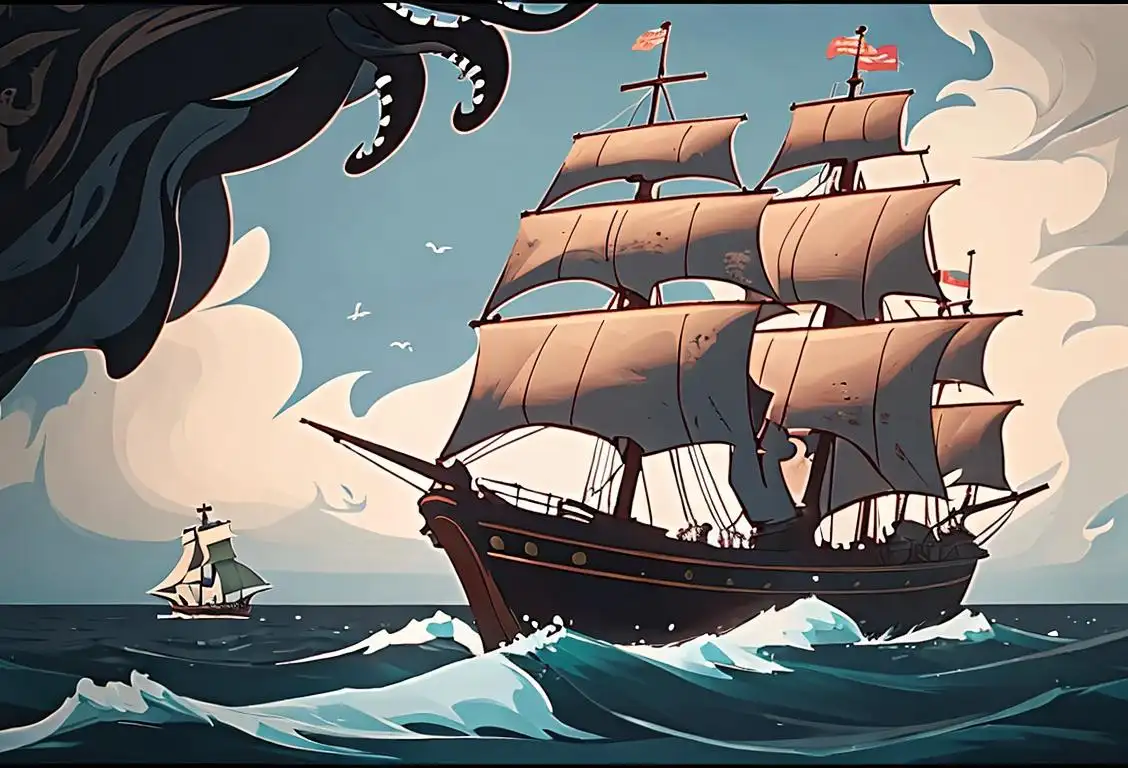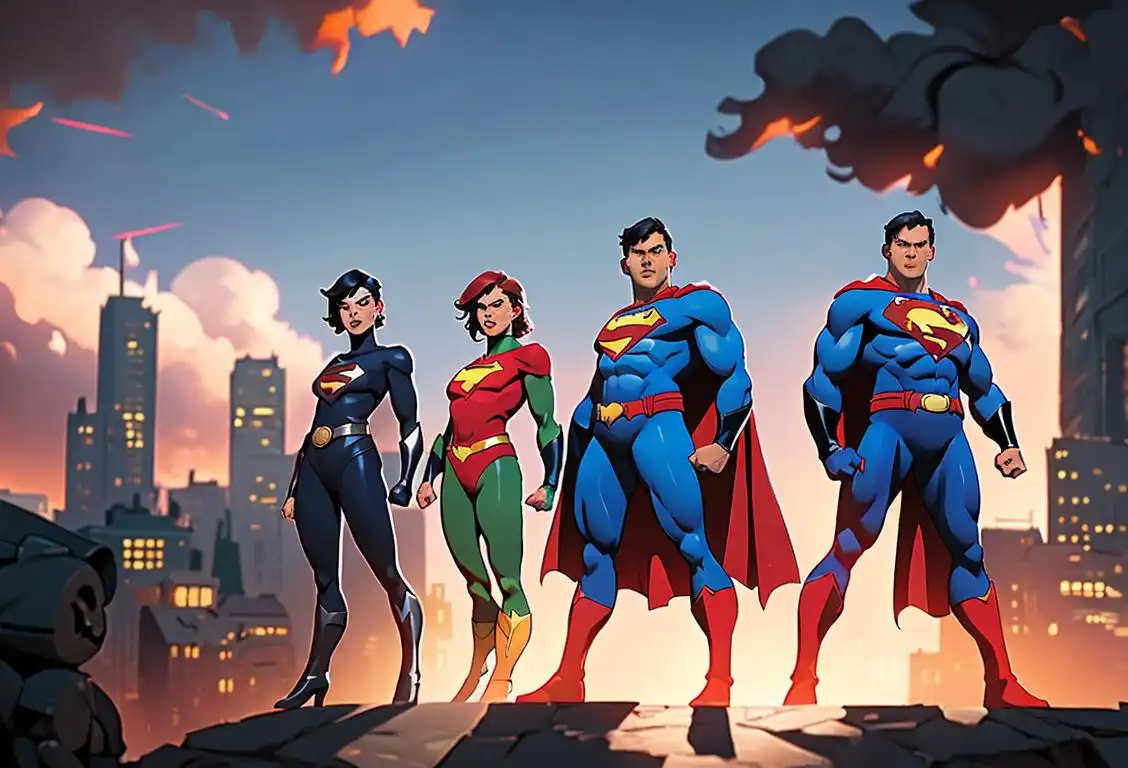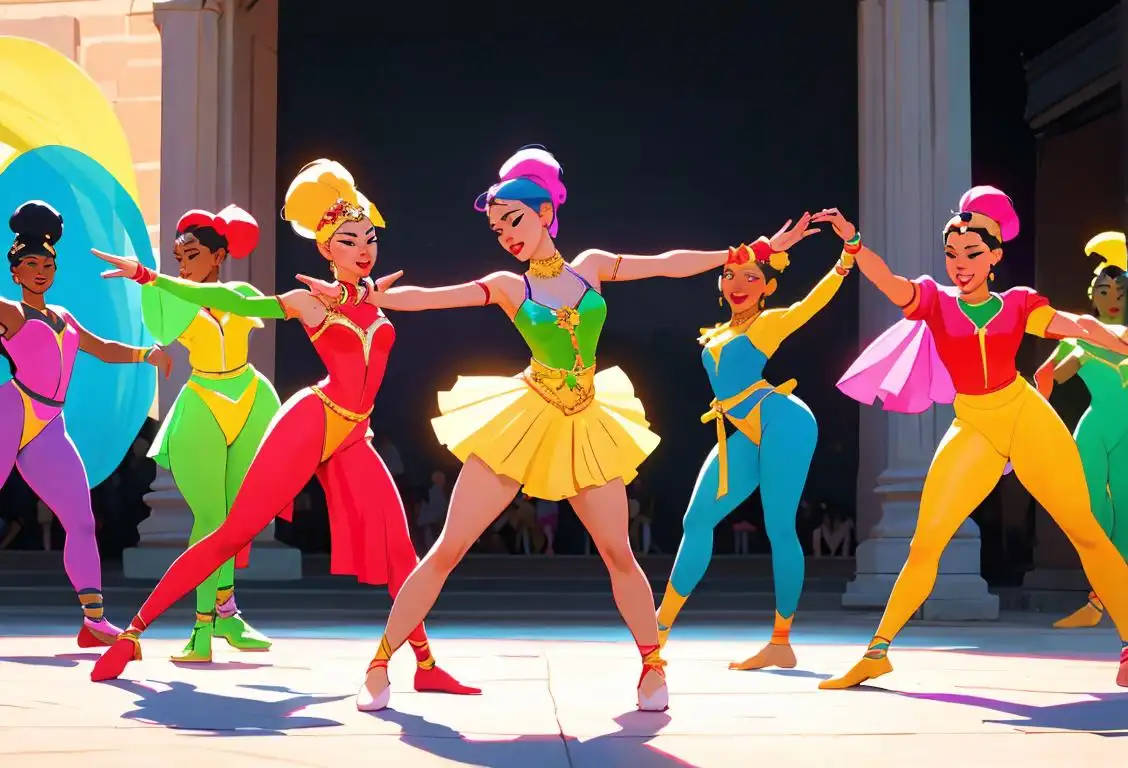National Kraken Day

Ahoy mateys! Prepare yourselves for a deep dive into the mysterious world of National Kraken Day, a day that celebrates the legendary sea monster that has captured our imaginations for centuries. Get ready to be thrilled and entertained as we uncover the intriguing history and fascinating facts about these colossal creatures of the deep!
When is Kraken Day?
It's national kraken day on the 19th November.
The Legends of the Kraken
Stretching its tentacles across the vast seas, the Kraken has remained a fearsome figure in maritime folklore. Known to be a gigantic cephalopod, this legendary creature has fascinated sailors and storytellers alike. These monstrous beings, believed to dwell in the murky depths, have earned their place in nautical mythology.
Internet Buzz and Kraken Day
The online world has not been immune to the allure of the Kraken. With 8 mentions detected on November 19, 2020, National Kraken Day has caused quite a stir. Social media platforms and forums became abuzz with discussions on everything from terrifying encounters to imaginative artwork featuring these ancient leviathans.
The Internet History of Kraken Day
While the origin of National Kraken Day remains shrouded in mystery, it seems to have emerged from the depths of the online world. Perhaps it began as a playful joke or a meme that gained traction among sea-loving internet denizens. Regardless, it has evolved into a day for everyone to appreciate and revel in the awe-inspiring power of the Kraken.
Did You Know?
Did you know that the Kraken is often depicted as a massive squid-like creature capable of sinking entire ships with a single swipe of its tentacles? Imagine the stories that sailors shared over grog after encountering this legendary, colossal beast!
History behind the term 'Kraken'
1250
First recorded mention of the Kraken
The term 'kraken' was first mentioned in a Norse saga called 'Örvar-Oddr' written around the year 1250. In this saga, the kraken is described as a giant sea monster that dwelled off the coasts of Norway and Greenland. It was depicted as a terrifying creature capable of dragging entire ships down into the depths of the ocean.
1752
Inspiration from real deep-sea creatures
In the year 1752, Swedish botanist and taxonomist Carl Linnaeus published a scientific book called 'Systema Naturae' where he classified and described numerous species. Linnaeus mentioned the kraken, drawing inspiration from accounts of giant cephalopods, particularly the giant squid, and octopuses found in deep-sea explorations.
1830
Kraken in popular literature
The kraken gained popularity in literature during the 19th century. The influential author Jules Verne featured a giant squid, named as a kraken, in his famous novel 'Twenty Thousand Leagues Under the Sea' published in 1870. The depiction of the kraken as a formidable sea creature captivated readers and further solidified its place in popular culture.
1954
Kraken entering the world of cinema
In 1954, the film '20,000 Leagues Under the Sea' based on Jules Verne's novel was released. This movie showcased a memorable battle between the protagonists and a giant squid, referred to as a kraken. The film's success introduced the kraken to a wider audience and popularized its appearance in monster movies.
2010
Kraken as a symbol in popular culture
The kraken has become a prominent figure in popular culture, often representing a colossal and dangerous sea monster. It appears in various forms such as video games, literature, and movies, including the 'Pirates of the Caribbean' film franchise where the kraken is depicted as a mythical creature summoned to destroy ships. The term 'kraken' has now entered the lexicon as a synonym for any huge or menacing creature.
Did you know?
Legend has it that the name 'Kraken' itself is derived from the Norwegian word 'krake,' meaning twisted or crooked. So not only were these sea monsters massive, but apparently they had quite the personality too!Tagged
awareness funFirst identified
19th November 2020Most mentioned on
19th November 2020Total mentions
8Other days
Nurses Day
Former Prisoner Of War Recognition Day
Press Day
Handloom Day
Heroes Day
Memorial Day
Dance Day
Bestfriends Day
Liberation Day
Love Your Pet Day









